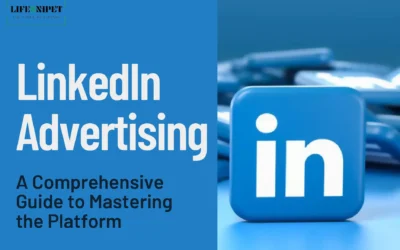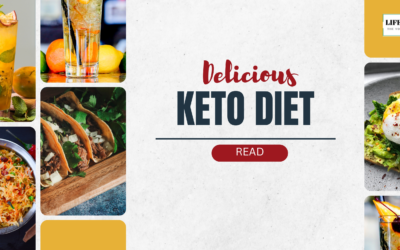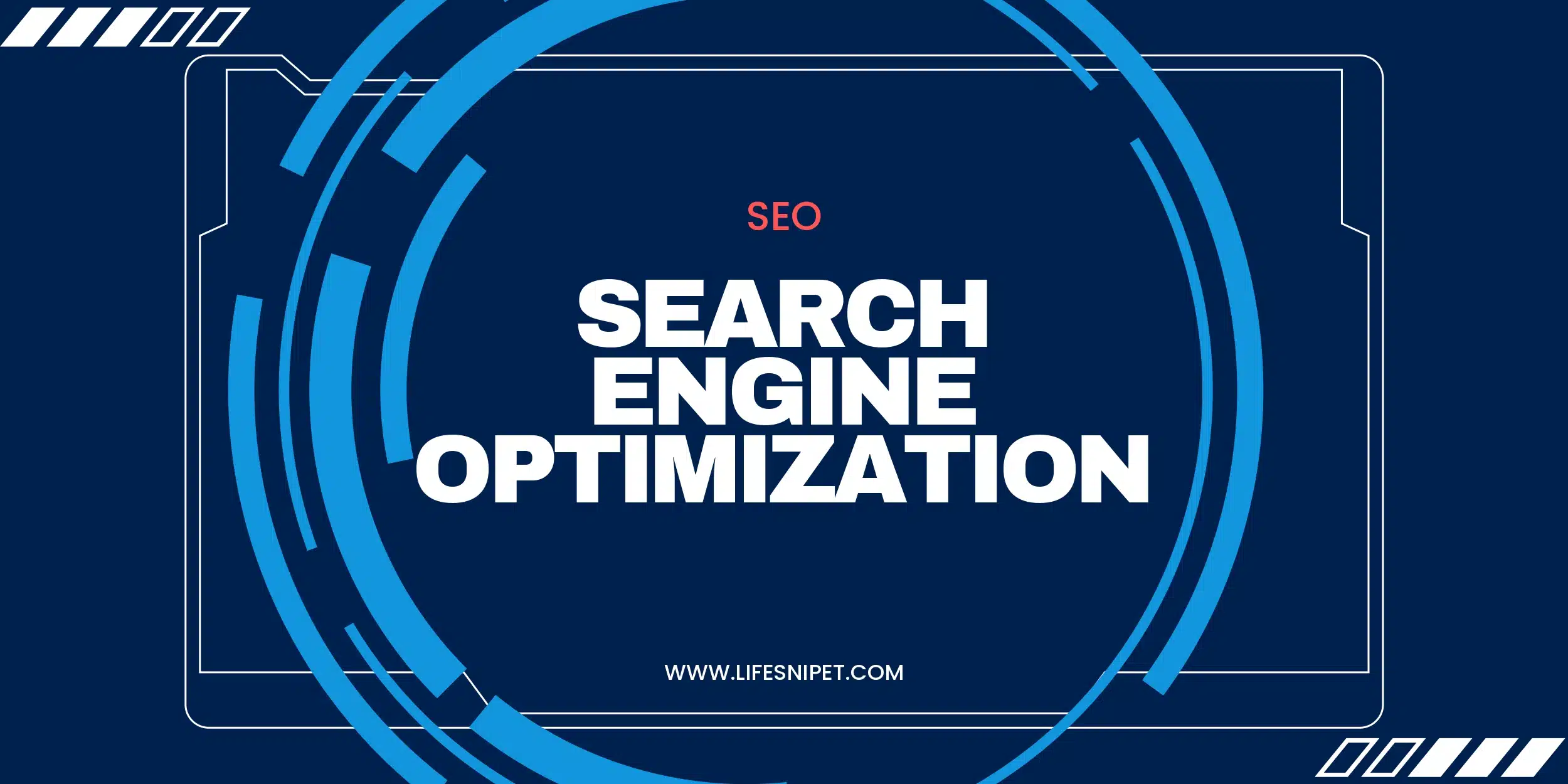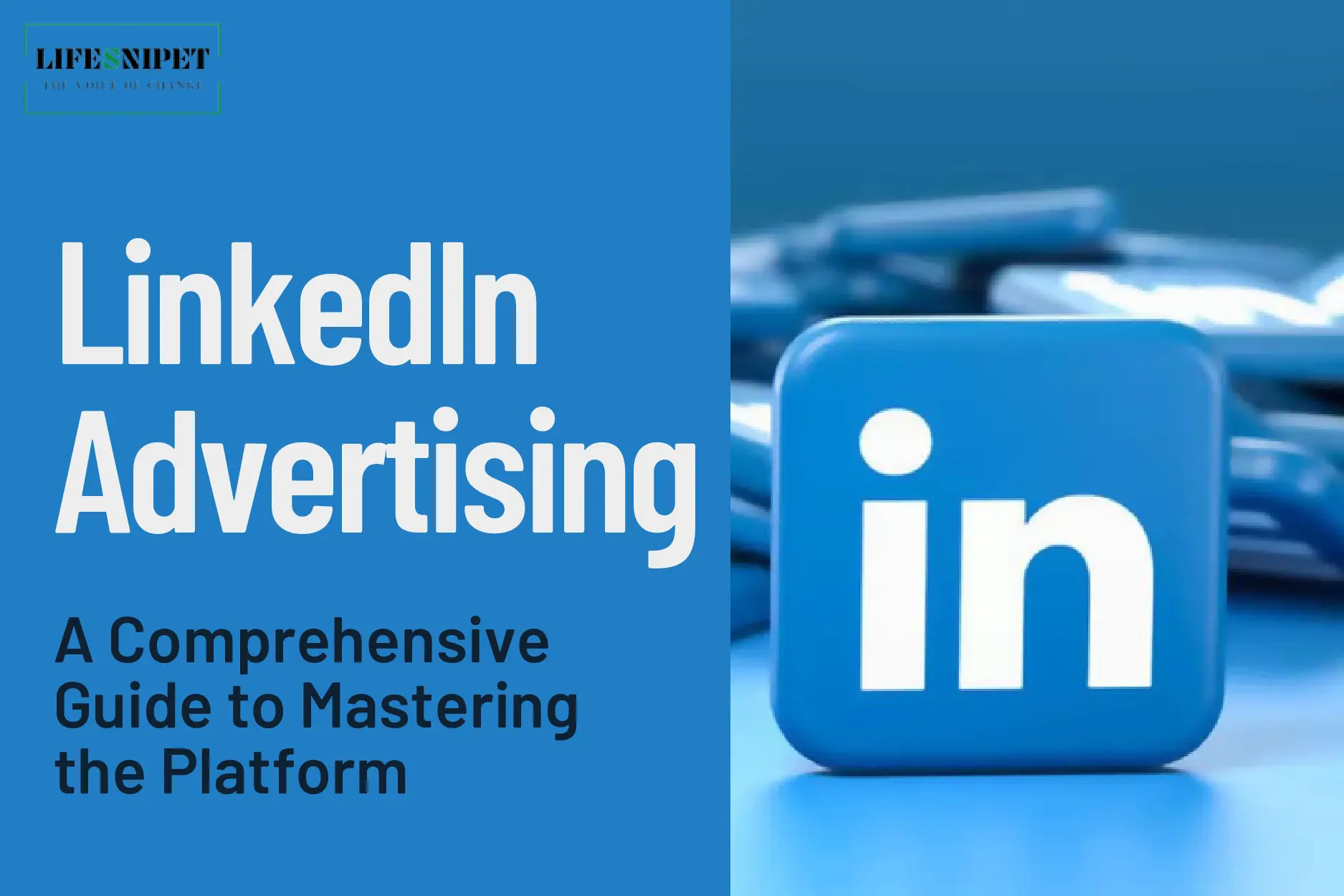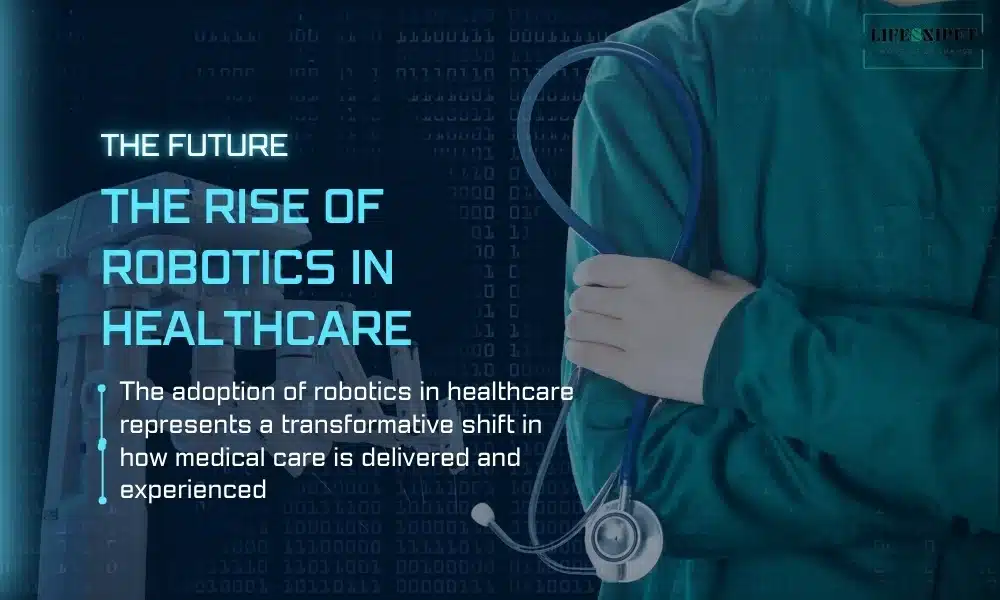As an entrepreneur, you have a great idea for a startup. You can envision your product, and you’re excited to bring it to life. But where do you start? How do you go from a concept to a fully functional product? This is where prototypes and Minimum Viable Products (MVPs) come into play. In this article, I will guide you through the process of building your startup by explaining the difference between prototypes vs MVPs, their benefits, and how to choose the best approach for your specific needs.
Understanding Prototypes: From Concept to Visualization
Before diving into the world of MVPs, it’s important to understand the role of prototypes in software development. A prototype is a preliminary version of your product that allows you to visualize and test your ideas before investing significant time and resources into development. It serves as a proof of concept, helping you validate your assumptions and gather feedback from potential users.
Prototypes can take various forms, ranging from simple paper sketches to interactive digital mockups. The goal is to create something tangible that can be shared and evaluated. By involving stakeholders early in the process, you can ensure that everyone is aligned and provide a clearer direction for development.
Reduced Development Costs (30% Reduction): According to the Standish Group, incorporating prototypes in the development process can reduce overall project costs by up to 30%.
Improved Stakeholder Communication (20% Increase in Success): The International Journal of Human-Computer Interaction reports a 20% increase in project success when stakeholders actively engage with prototypes.
Early Issue Identification Benefits: The Journal of Systems and Software highlights that prototypes enable early identification of design flaws, reducing the likelihood of costly errors during the later stages of development.
Introduction to MVP in Software Development
While prototypes are valuable for exploring ideas, an MVP takes the next step by delivering a functional product with minimal features. The concept behind an MVP is to build something that solves a specific problem for your target audience and gather real-world feedback to inform further development.
An MVP is not a half-baked product; instead, it focuses on delivering core functionality and providing a valuable user experience. By releasing an MVP, you can validate your assumptions, identify user needs, and iterate based on real user feedback. This iterative approach allows you to refine your product, make data-driven decisions, and optimize your development efforts.
Prototypes VS. MVP: Explanation of Digital Prototypes
Now that we understand the basics of prototypes vs MVPs, let’s dive into the key differences between the two. While prototypes focus on visualizing and testing ideas, MVPs aim to deliver a functional product that solves a specific problem. Prototypes are often used in the early stages of development, while MVPs come into play when you’re ready to release a product to the market.
Prototypes can be created using various tools and techniques, such as wireframing software, interactive mockup tools, or even simple sketches on paper. They allow you to explore different design options, gather feedback, and refine your concept. On the other hand, MVPs require actual development work and are typically built using programming languages and frameworks.
How Prototypes Work?
Prototypes serve as a stepping stone in the development process, allowing you to iterate and refine your ideas before investing in full-scale development. They help you visualize the user interface, test interactions, and validate assumptions. By creating a prototype, you can identify potential flaws, improve usability, and ensure that your product aligns with user expectations.
The process of creating a prototype involves several steps. First, you define the scope and objectives of your prototype. What are the key features you want to showcase? What user interactions do you want to simulate? Once you have a clear vision, you can start designing the prototype using wireframing tools or interactive mockup software. Finally, you can test the prototype with potential users and gather feedback to inform further development.
Types of Prototype Models
There are several types of prototype models that you can choose from based on your needs and resources. The choice of prototype model depends on factors such as the complexity of your product, available budget, and time constraints. Here are some common types of prototype models:
- Paper Prototypes: These are low-fidelity prototypes created by sketching on paper. They are quick and inexpensive to create, allowing you to gather early feedback on the user interface and interactions.
- Digital Prototypes: Digital prototypes are created using specialized software or tools. They provide a more interactive experience and allow you to simulate user interactions more effectively.
- Functional Prototypes: Functional prototypes are closer to the final product and often involve actual coding. They allow you to test the core functionality of your product and gather feedback on its usability and performance.
Reasons to Use Prototypes
Prototypes play a crucial role in the software development process. Here are some key reasons why you should consider using prototypes for your startup:
- Validate Assumptions: Prototypes allow you to test your assumptions and validate your product concept before investing in full-scale development. By gathering feedback early on, you can identify potential issues and make informed decisions.
- Gather User Feedback: By involving potential users in the prototyping process, you can gather valuable feedback and incorporate user preferences into your product design. This helps you create a user-centered product that meets the needs of your target audience.
- Align Stakeholders: Prototypes provide a tangible representation of your product vision, making it easier to align stakeholders and get everyone on the same page. By visualizing your ideas, you can ensure that everyone understands the direction and goals of your startup.
Prototypes VS. MVP: What’s a Minimum Viable Product (MVP)?
Now that we have a solid understanding of prototypes, let’s explore the concept of Minimum Viable Products (MVPs). An MVP is a functional version of your product that focuses on delivering core features to solve a specific problem for your target audience. It is not a complete or final product, but rather a starting point for iterative development.
The primary goal of an MVP is to gather real-world feedback and validate your assumptions. By releasing an MVP to a limited set of users, you can measure their response, identify pain points, and make data-driven decisions for further development. An MVP allows you to test your product in the market, learn from user behavior, and iterate based on actual usage data.
Essential Characteristics of an MVP
To build a successful MVP, there are certain key characteristics that you should keep in mind:
- Focus on Core Functionality: An MVP should prioritize delivering the core features that solve a specific problem for your target audience. By keeping the scope focused, you can deliver a valuable product quickly and gather feedback efficiently.
- Provide a Valuable User Experience: While an MVP may not have all the bells and whistles of a fully developed product, it should still provide a valuable and seamless user experience. Focus on delivering a product that is intuitive, easy to use, and solves a real pain point for your users.
- Enable Iterative Development: An MVP is not a one-time release; it is the starting point for iterative development. Build your MVP with scalability and flexibility in mind, allowing you to iterate based on user feedback and continuously improve your product.
Reasons to Use a Minimum Viable Product (MVP)
Now that we understand the characteristics of an MVP, let’s explore why you should consider using an MVP for your startup:
- Reduce Time to Market: By focusing on delivering core functionality, an MVP allows you to bring your product to market quickly. This gives you a competitive advantage and allows you to start gathering real user feedback early on.
- Mitigate Risk and Validate Assumptions: An MVP helps you mitigate risk by validating your assumptions and gathering real-world feedback before investing in full-scale development. This data-driven approach allows you to make informed decisions and avoid costly mistakes.
- Iterate Based on User Feedback: By releasing an MVP, you can gather valuable user feedback and iterate based on actual usage data. This iterative approach ensures that you are building a product that meets the needs of your target audience and maximizes its chances of success.
How to Choose the Best Approach for Your Startup?
Now that we have explored both prototypes vs MVPs, the question arises: which approach is best for your startup? The answer depends on various factors, including your product, target audience, available resources, and time constraints. Here are some considerations to help you make an informed decision:
- Complexity of Your Product: If your product is relatively simple and doesn’t require extensive development, starting with a prototype may be a good option. On the other hand, if your product is more complex and requires actual development, an MVP might be a better choice.
- Available Resources: Consider your available resources, including budget, time, and expertise. Prototypes can be created relatively quickly and at a lower cost, making them suitable for startups with limited resources. However, if you have the necessary resources and are ready to invest in development, an MVP can provide more tangible results.
- Target Audience and Market Validation: Think about the importance of market validation for your specific product. If you need to validate your assumptions and gather user feedback early on, starting with a prototype can help you test the market viability of your idea. On the other hand, if you already have a clear understanding of your target audience and want to gather real-world feedback, an MVP might be more appropriate.
Conclusion
In conclusion, both prototypes vs MVPs are valuable tools in the startup journey. Prototypes allow you to visualize and validate your ideas, while MVPs focus on delivering a functional product to gather real-world feedback. By understanding the differences between the two and considering your specific needs, you can choose the best approach for your startup. Remember, building a successful startup requires a combination of creativity, market understanding, and iterative development. So, embrace the power of prototypes and MVPs, and turn your vision into a reality.
FAQs
Q: What is the difference between a prototype and an MVP?
A: A prototype is a preliminary version of your product that allows you to visualize and test your ideas. It focuses on exploring and validating assumptions. On the other hand, an MVP is a functional version of your product that delivers core features to solve a specific problem. It aims to gather real-world feedback and validate assumptions.
Q: Why should I use prototypes for my startup?
A: Prototypes are valuable for several reasons. They allow you to validate assumptions, gather user feedback, and align stakeholders. By involving potential users early on, you can create a user-centered product and make informed decisions.
Q: What are the essential characteristics of an MVP?
A: An MVP should focus on core functionality, provide a valuable user experience, and enable iterative development. It aims to deliver a product that solves a specific problem for your target audience and gathers real-world feedback.
Q: How do I choose between a prototype and an MVP for my startup?
A: The choice between a prototype and an MVP depends on factors such as your product complexity, available resources, and the need for market validation. Consider these factors and choose the approach that aligns with your specific needs and goals.

Welcome to LifeSnipet! At LifeSnipet, we’re your ultimate source for the latest health updates. Specializing in health and fitness-related diseases, we delve deep into Ayurvedic techniques, providing you with a comprehensive understanding of well-being. Explore our real-time updates, detailed articles, and ancient Ayurvedic wisdom for a holistic approach to health. Embark on a journey to a healthier, vibrant life with LifeSnipet – where your well-being is our priority!


